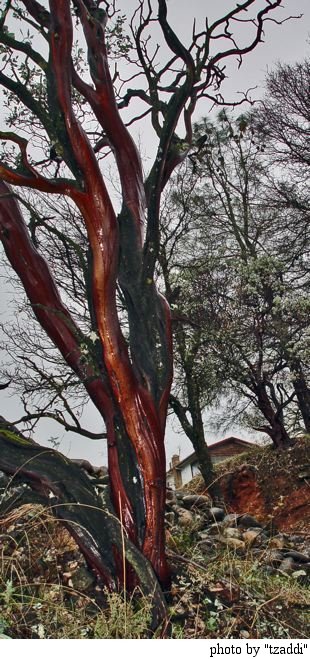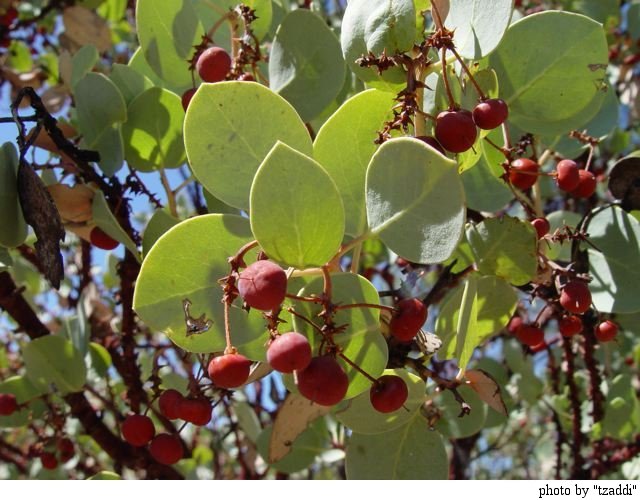Yeah, that is cool that there are so many, scattered all over the globe.
Considering the beautiful pipe of yours (illustrated above), I should think any pipe smoker/collector would want one.
Thanks

Rob, the next time you attend a pipe show, take one of your manzanita pipes along and see how many people there can tell the difference.
Dang, I do need to try to get to a pipe show sometime. Unfortunately, the nearest one I've found thus far is about 600 miles away. But that would be interesting to see if folks can tell the difference.
Even smoking one, I doubt many could tell. I know my own manzanita pipe has smoked really nice from the get-go.
And I have an update on my buddy Richard's manzanita harvest. He dug up two rootballs. One took him two hours, including the time it took to change saw blades -- sorry about that Richard

-- and the other took him 45 minutes.
He emailed me a whole bunch of photos, and I am including a few here.
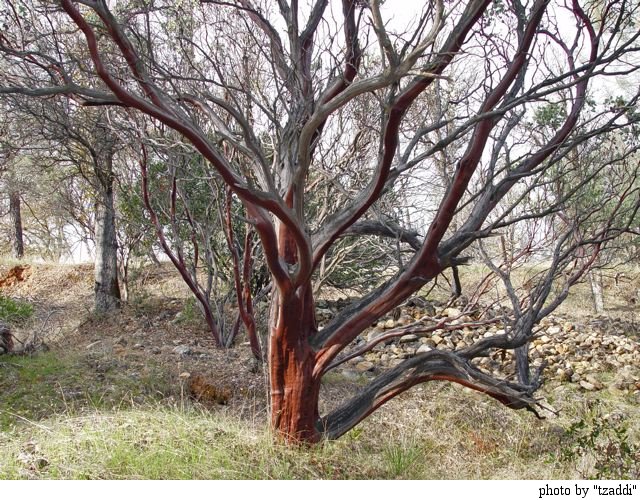
A nice looking manzanita shrub/tree
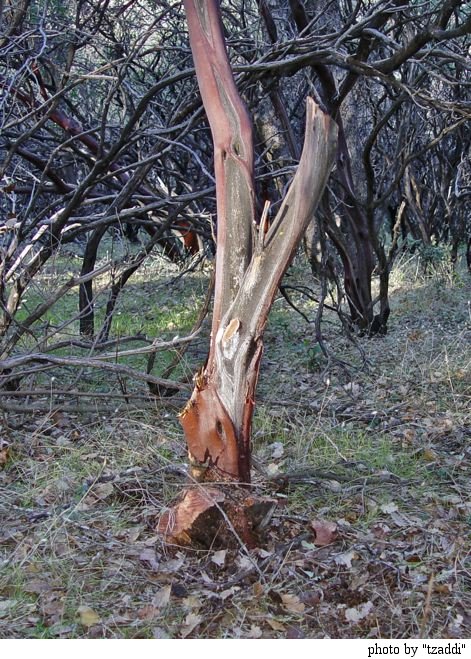
One of the rootballs, note the manzanita thicket in the background
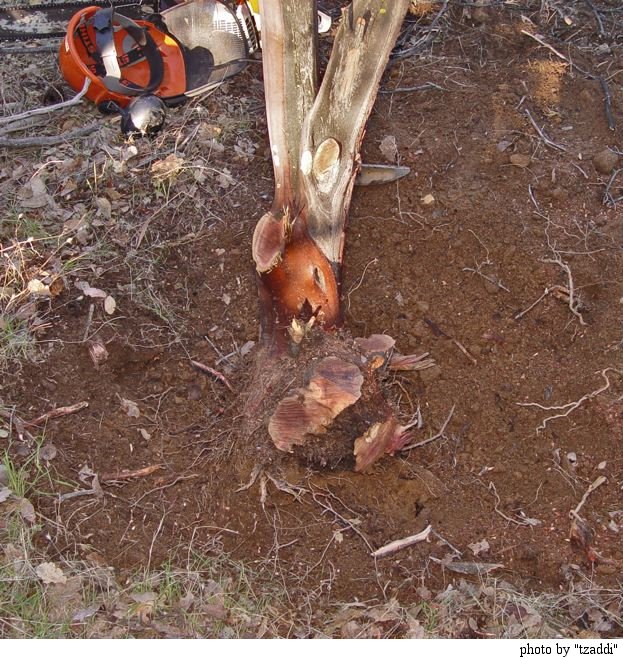
The harvesting process underway
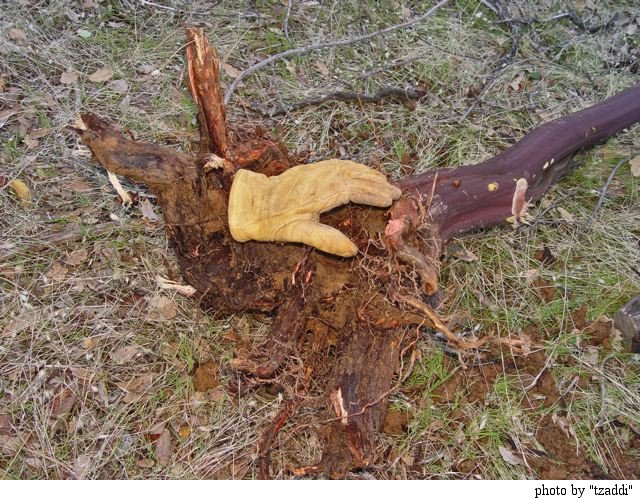
Rootball #2, with a glove for perspective
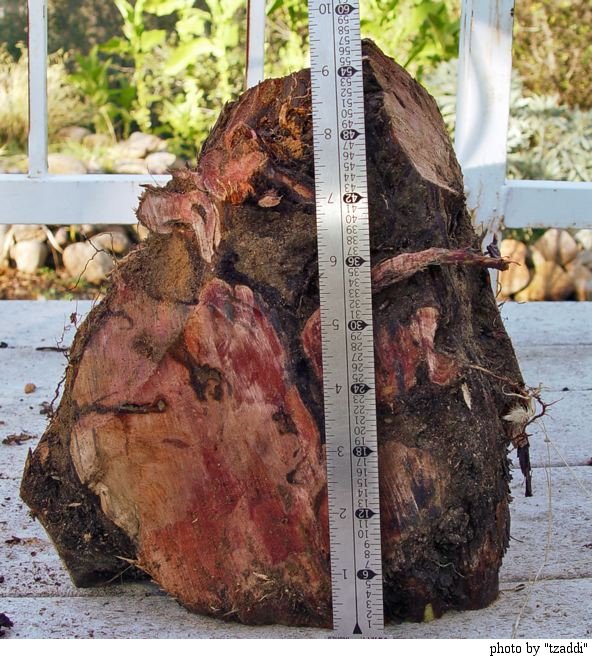
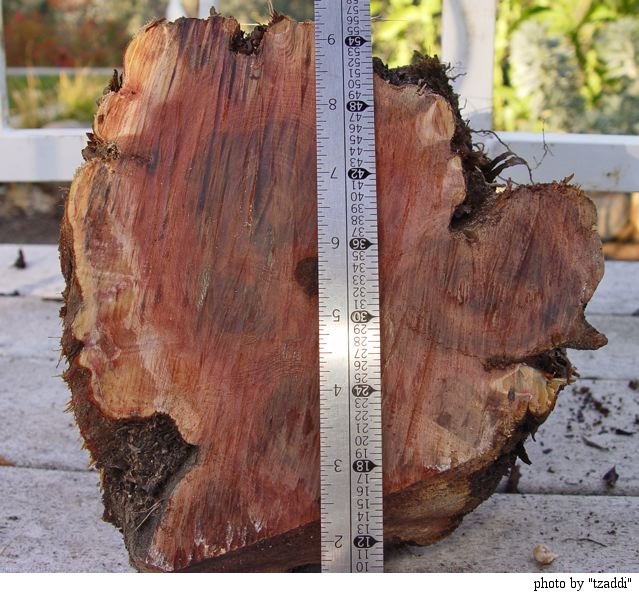
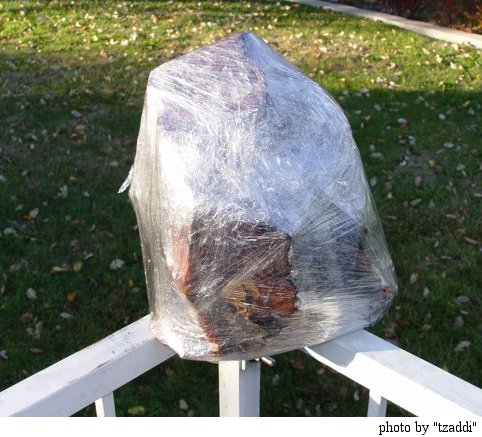
Rootball wrapped up and ready to ship
Once it arrives, I'll be sawing it up into blocks and doing the boiling. I am also going to try to take a few photos of what I am doing, just to document the whole deal.
And if anybody would like Richard's contact information to coax him into another harvest, PM me. I haven't asked him how much he would charge for a rootball, but I will say that Richard is quite fond of pipes, cigars and homegrown tobacco.


